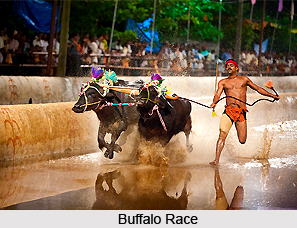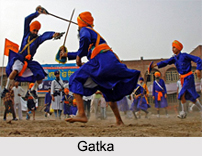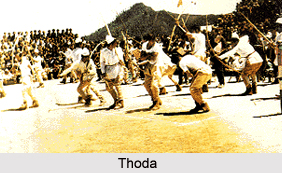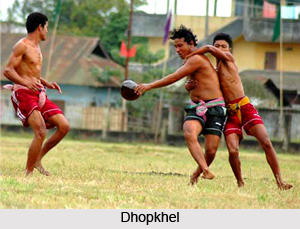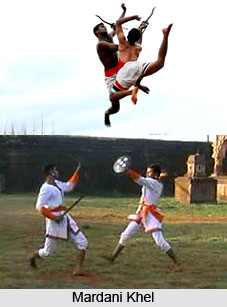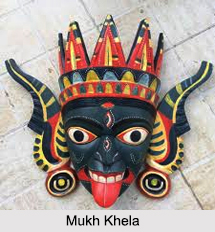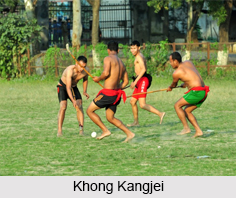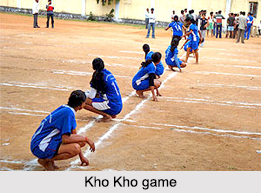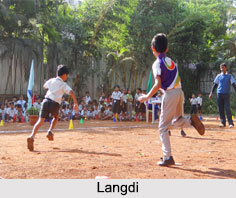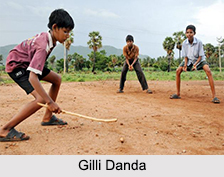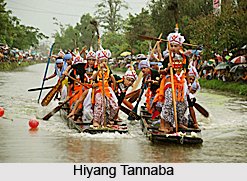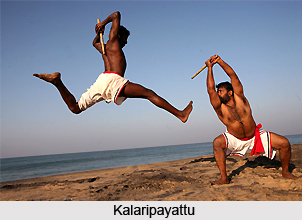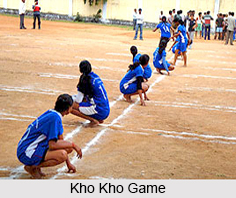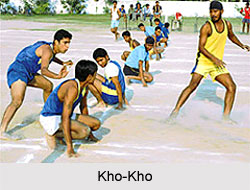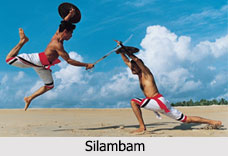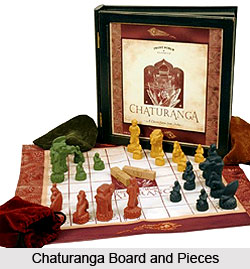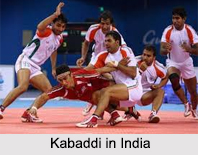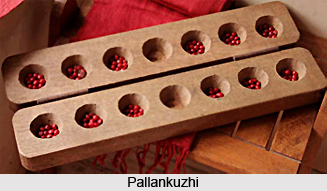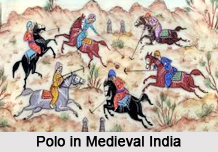 Development of Modern Polo in India began with the advent of British East India Company and the British Government of India. Modern Polo in India is now in the hands of Indian Army and the businesspersons of India. However, Polo has an Indian origin. Manipur is regarded as the "House of Polo".
Development of Modern Polo in India began with the advent of British East India Company and the British Government of India. Modern Polo in India is now in the hands of Indian Army and the businesspersons of India. However, Polo has an Indian origin. Manipur is regarded as the "House of Polo".
Advent of Polo in India
During the 1860`s when the European first started playing polo they used very small ponies and the games were considerably slow moving and sedate. Earlier when the game was absolutely in the hands of British East India Company, it was mainly seen as a source of fun and entertainment, and a pastime for relaxation. It was only with the increase of capacity of the game that competitive spirit was infused. Development of modern polo as a scientific and tactical sport actually kick started. However, till the early eighties the systematic development of the polo game was increasingly slow. During that time there were no fixed players to a side, anything between 7 to 8 were common, and there were also no particular arrangements for players. In most cases, it was seen that local sides had their own set of rules and ideas. Sometimes there was even a goalkeeper as at football.
Polo from British India
The first man to bring in serious changes was John Watson in 1870. He introduced the regular use of back hander and also arranged his side of 4 players in the present day `line-ahead` manner. The use of `riding off` appears to have been introduced during the same time. It is a process, by which, a player may challenge for possession by pushing his opposite off the line of the ball by laying his pony alongside and using its weight to push him away. Watson made some crucial moves, which he later imported to England as well in the early eighties. Thereafter the game began to progress rapidly both in England and in India.
Indian Princes and the Polo
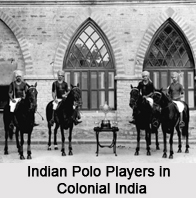 During this time the Indian Princes made their mark in the field of polo. Their royal background, equestrian skills and with the enormous resources at their disposal helped them immensely towards improving their game. In a short period of time they achieved great heights. The heyday of Indian polo, which lasted from the nineties of the last century till the outbreak of the Second World War, saw unmatched performances by the teams of the Princely States of India. Some of these best teams were those of Patiala, Jaipur, Jodhpur, Hyderabad, Kishangarh, Alwar, Bhopal, Jammu and Kashmir and Bikaner.
During this time the Indian Princes made their mark in the field of polo. Their royal background, equestrian skills and with the enormous resources at their disposal helped them immensely towards improving their game. In a short period of time they achieved great heights. The heyday of Indian polo, which lasted from the nineties of the last century till the outbreak of the Second World War, saw unmatched performances by the teams of the Princely States of India. Some of these best teams were those of Patiala, Jaipur, Jodhpur, Hyderabad, Kishangarh, Alwar, Bhopal, Jammu and Kashmir and Bikaner.
Development of Polo from British Raj
Captain H.de B.de Lisle of the Durham Light Infantry introduced the next real development of polo game. He formulated a system of rigorous training for both horses and players to an extent not attempted before. On this, he based a policy of increased passing and flexibility, which enabled his regiment to win the Inter-Regimental Tournament for three consecutive years, an honour which had earlier always gone to the cavalry.
The next team that came to forefront was Alwar. The team was organized by Captain R.L. Ricketts of Hodsons Horse, and was never beaten in a tournament in its short 21/2 years existence. Amongst other championships, the team won the Indian Championships in the season of 1900-01, 1901-1902 and the Delhi Durbar tournament (which absorbed the Championship) in 1902-3. Teams goal record overall was equally remarkable.
Indian Polo Teams of British Era
The other Indian polo teams who copied new style and tactics of play during that period were the Poona Horse, who were the winners of the Indian Army Tournament at the Delhi Durbar 1902-03 and the team of "Indian Pilgrims" who won the Indian Championship in 1905-06.
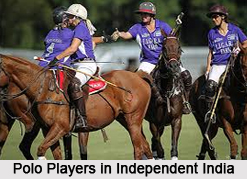 Some of the other teams that came up in the Indian polo circuit during the early 1900`s were the 10th Hussars under Lt Col John Vaughan, and the Maharaja of Kishangarhs` team. The famous Golconda team of Hyderabad, which is now the capital of both Andhra Pradesh and Telangana also made its presence felt.
Some of the other teams that came up in the Indian polo circuit during the early 1900`s were the 10th Hussars under Lt Col John Vaughan, and the Maharaja of Kishangarhs` team. The famous Golconda team of Hyderabad, which is now the capital of both Andhra Pradesh and Telangana also made its presence felt.
Under the authority of the formidable Major Shah Mirza Beg, whose capability for pure ball-control has probably never been equalled, this team based its tactics on advanced dribbling methods. They had a long list of wins and successes under their belt.
Polo in India During World Wars
Polo was at a standstill during the World War One period of 1914-18. But after the end of World War One the leading teams in India were the Jodhpur and Patiala teams, the Central India Horse under Captain A. H. Williams, the 21st PAVO Cavalry under Captain Dening, and the 15th Lancers under Major A. J. Atkinson.
These teams were very strong and culminated many match winning performances. The Jaipur team won the Indian Championship in 1932-33 and followed up this success by beating all the best teams in England in 1933. Jaipur, under His Highness Sawai Man Singh, dominated polo in India and Europe, till the beginning of Second World War. Team Jaipur established unbeaten record of winning open tournaments in England and the Indian Championship every year from 1930 to 1938.
A striking event of Indian polo was the clash of two big teams in 1922; Patiala and Jodhpur. The game was noted as the downfall of the popular Patiala team, and the ascendancy of the star of Jodhpur. The team of Jodhpur reigned supreme and unmatched for the next decade, and also helped to enhance the prospect of polo in India.
Polo in Independent India
Sagol Kangjei in Manipur is arguably a version of polo, though it can also be seen as the precursor of modern outdoor polo. After the Independence of India in 1947, Polo became the game of restriction among Indian Army and the rich businesspersons of India.
